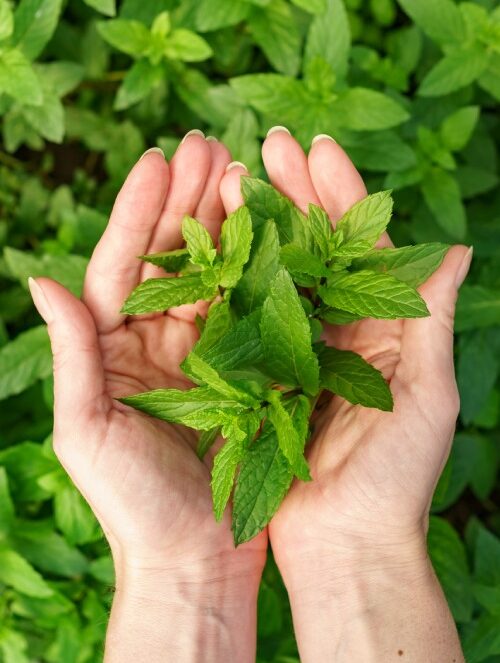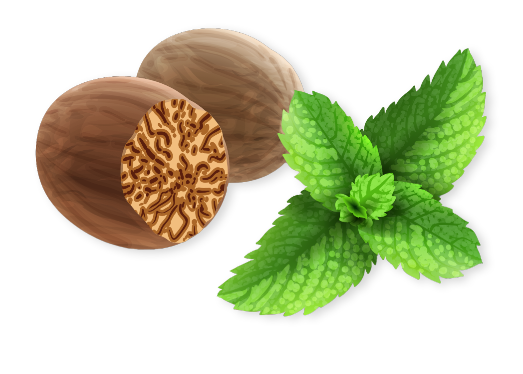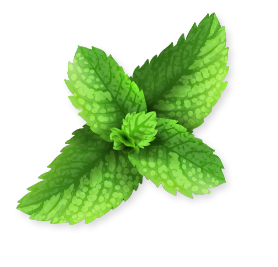AYURVEDIC TREATMENT FOR CHRONIC ULCER IN KERALA
Ayurvedic treatment for chronic ulcers in Kerala may involve a combination of herbal medications, specialized wound care, panchakarma therapies, diet and lifestyle modifications, and stress management techniques. Expert Ayurvedic practitioners at renowned centers like Sanjeevanam can provide customized treatment plans for effective healing and management of chronic ulcers.
WHAT IS CHRONIC ULCER?
A chronic ulcer is a long-lasting open wound that fails to heal within the expected timeframe. It can occur due to various underlying factors, including chronic venous insufficiency, diabetes, or autoimmune disorders. Chronic venous insufficiency leads to poor blood circulation, resulting in ulcers primarily on the lower legs and ankles. In diabetes, chronic ulcers commonly develop on the feet due to neuropathy and reduced blood flow. Autoimmune disorders, such as rheumatoid arthritis or lupus, can cause chronic ulcers due to immune system dysfunction and inflammation. These ulcers are often painful, slow to heal, and prone to infection. Proper diagnosis and management are essential to address the underlying cause, promote wound healing, and prevent complications. Treatment may involve addressing the underlying condition, wound care, infection management, offloading pressure from the ulcer, and lifestyle modifications. Collaborative care from healthcare professionals specializing in wound care, dermatology, or other relevant fields is crucial for effective management of chronic ulcers.

SIGNS & SYMPTOMS OF CHRONIC ULCER
These symptoms may be accompanied by pain, swelling, foul odor, and increased susceptibility to infection. It is important to seek medical attention if these signs and symptoms are present, as proper diagnosis and treatment are crucial for managing chronic ulcers effectively.
Blackening of the skin
The skin around the ulcer may become dark or black due to tissue necrosis or insufficient blood flow.
Non-healing wound
The ulcer does not show signs of improvement or complete healing within the expected time frame.
Skin discoloration around the ulcer
The skin surrounding the ulcer may appear red, inflamed, or discolored.
Slow growth of granulation tissue
Granulation tissue, which is necessary for wound healing, may develop at a slower rate or not at all, indicating a chronic ulcer.
CAUSES OF
CHRONIC ULCER
Venous insufficiency
Chronic venous insufficiency, where the veins in the legs fail to efficiently return blood to the heart, can lead to the development of venous ulcers.
Trauma
Inadequately healed injuries, like burns or surgical wounds, can lead to chronic ulcers, especially if complications like infections arise during recovery.
Infections
Recurrent infections in a specific region can result in chronic ulcers, indicating an ongoing issue that requires thorough medical attention.
Prolonged pressure
Sustained pressure on the body, common in bedridden individuals, can cause chronic pressure ulcers if not properly treated or relieved.
TYPES OF CHRONIC ULCER
- Decubitus Ulcer(Pressure Ulcer): These ulcers result from prolonged pressure on the skin, commonly occurring in bedridden or immobile individuals.
- Lower Limb Ulcer: Chronic ulcers that develop on the lower limbs, often associated with venous insufficiency or arterial disease.
- Arterial Ulcers: These ulcers arise due to poor blood circulation, typically seen in individuals with peripheral arterial disease.
- Neuropathic Ulcers: Neuropathy, often associated with diabetes, can lead to the development of ulcers on the feet due to decreased sensation and impaired wound healing.
Each type of chronic ulcer requires specific management approaches based on the underlying cause. Proper diagnosis and treatment from healthcare professionals specializing in wound care are crucial for effective healing and prevention of complications.

RISKS OF CHRONIC ULCER
- Cellulitis: Bacterial infection of the skin and underlying tissues surrounding the ulcer.
- Gangrene: Tissue death caused by impaired blood flow, often associated with arterial ulcers.
- Osteomyelitis: Infection that spreads to the bone, leading to bone damage and potential amputation.
- Sepsis: Ulcer bacteria in bloodstream can cause life-threatening systemic infection, posing severe health risks.
These complications can significantly impact the overall health and quality of life of individuals with chronic ulcers. Timely and appropriate medical intervention, including proper wound care, infection management, and addressing underlying causes, is essential in order to minimize these risks and promote effective healing. Regular monitoring and follow-up with healthcare professionals is important to detect and address any potential complications.

WHEN TO SEE A DOCTOR FOR CHRONIC ULCER?
It is crucial to consult a doctor if you have a chronic ulcer under specific circumstances.
- If you experience persistent or worsening pain associated with the ulcer.
- If the ulcer exhibits signs of infection, such as redness, swelling, warmth, or the presence of pus or a foul odor.
- If there are changes in the appearance of the ulcer, including expansion in size, alterations in color, development of new symptoms, or a lack of healing despite appropriate care.
Seeking medical attention promptly is essential to prevent complications and ensure the proper management of the chronic ulcer. This proactive approach can contribute to effective treatment and improve overall outcomes for individuals with chronic ulcers.


HOW AYURVEDA CAN TREAT CHRONIC ULCER?

Ayurveda provides holistic treatments for chronic ulcers, addressing underlying imbalances. Treatments include various remedies to promote healing and balance;
- Panchakarma Therapy: Detoxification procedures like Vamana (therapeutic vomiting) and Virechana (therapeutic purgation) help eliminate toxins from the body and promote healing.
- Diet: Ayurvedic practitioners may recommend a specific diet tailored to the individual’s constitution and condition. This may include foods that support digestion, promote tissue healing, and reduce inflammation.
- Herbal Remedies: Triphala guggulu, a combination of herbs like Triphala and Guggulu, is commonly used to support wound healing and reduce inflammation. Patoladi kashayam, Yashtimadhu (Licorice), and Haridra (Turmeric) may also be prescribed to enhance healing.
- Local Applications: Ayurvedic oils and pastes, such as Jatyadi taila, are often applied to the ulcer site to promote healing and prevent infection.

FREQUENTLY ASKED
QUESTIONS
How should a chronic ulcer be treated?
Treatment for a chronic ulcer typically involves wound care, infection management, and addressing underlying causes. This may include regular cleaning and dressing of the wound, debridement (removal of dead tissue), appropriate antibiotics, compression therapy, offloading pressure, and addressing any contributing factors such as poor circulation or diabetes.
How long do chronic ulcers take to heal?
The healing time for chronic ulcers can vary depending on several factors, including the size and depth of the ulcer, the underlying cause, and the individual’s overall health. In general, chronic ulcers may take weeks to months to heal completely, and ongoing care and monitoring are important throughout the healing process.
What is the most common infection in chronic ulcer?
The most common infection seen in chronic ulcers is cellulitis. Cellulitis occurs when bacteria enter the skin through the open wound, leading to redness, swelling, warmth, and pain. Prompt treatment with antibiotics is essential to prevent the infection from spreading and causing further complications.
Who can get a chronic ulcer?
Chronic ulcers can affect individuals of any age, but they are more commonly seen in older adults, especially those with underlying health conditions such as diabetes, peripheral vascular disease, autoimmune disorders, or individuals who have experienced trauma or prolonged pressure on specific areas of the body.
How can a chronic ulcer be prevented?
Preventing chronic ulcers involves maintaining good overall health and taking proactive measures. This includes managing underlying conditions like diabetes and peripheral vascular disease, maintaining proper hygiene, avoiding prolonged pressure on vulnerable areas, regular exercise to improve circulation, maintaining a healthy diet, managing stress, and promptly addressing any skin injuries or wounds to prevent them from becoming chronic ulcers.
BEST CHRONIC ULCER AYURVEDIC TREATMENT CENTRE IN KERALA
Sanjeevanam is renowned as the leading Ayurvedic treatment center in Kerala, providing exceptional care and expertise in managing chronic ulcers. With a team of experienced Ayurvedic practitioners and a comprehensive approach that combines traditional therapies, customized herbal formulations, and lifestyle modifications, Sanjeevanam offers the best possible Ayurvedic treatment for chronic ulcers, promoting healing, preventing complications, and improving overall well-being.
BOOK APPOINTMENT























